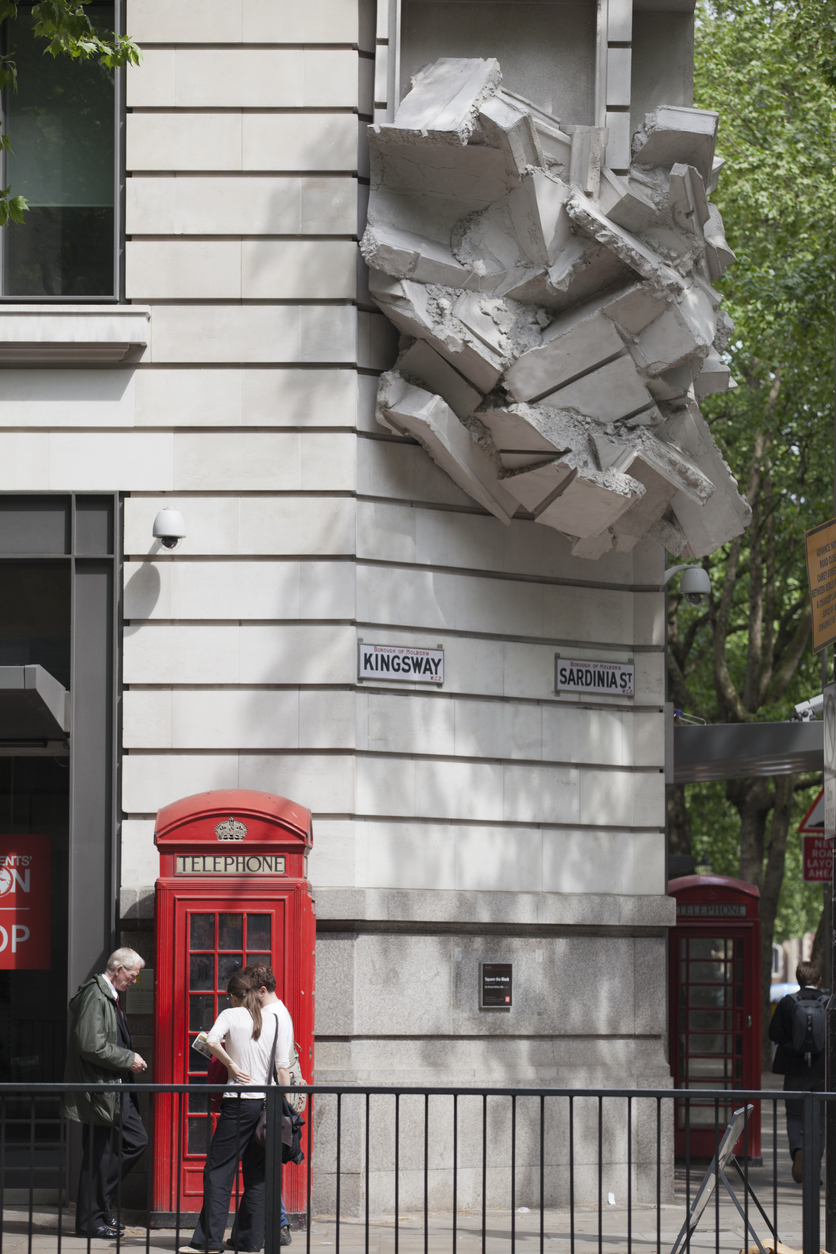Like many states, California law makes it difficult to sue for being “underinsured.” The law places the primary responsibility for securing enough coverage and the right kinds on the insured. An insurance company, agent or broker has no duty at law to recommend any particular coverages or limits. However, they are liable if they fail to procure the agreed upon coverage, make a misrepresentation about how the coverage works, or fail to fulfill some other “special duty” they voluntarily undertook.
Although these rules are longstanding, California policyholders have again and again been underinsured in their losses. Too often, insureds assume the insurance company, agent or broker was looking out for their needs and made sure they had enough insurance.
Unfortunately, a policyholder and their attorney did not read the law close enough, resulting in a clear loss in the recent case of Vulk v. State Farm.1 This was not a case worth taking through the appellate courts (or even the trial courts) because the outcome was pre-determined based on existing law.
In Vulk, the insured argued that State Farm was liable for underinsuring his home. Oddly, he rebuilt his exact home for less than his insurance limits, but he still argued he was underinsured because a public adjuster secured him an estimate for above his limits! The insured also signed a written declaration stating that he had asked his agent for the best policy and was told he was getting the mythical “full coverage” unicorn. In deposition and in front of the court, it was confirmed that the insured never spoke with the agent until after the fire. Anyway, the court saved the insured a small bit of embarrassment by not handing him a loss on those issues alone. But the court was not so kind on why the case was clearly barred under well-established California law.
On the underinsurance theory, the insured argued (assuming his facts were true, which were questionable at best) that State Farm misrepresented his policy as having “full coverage” and that this promise created a duty for State Farm to ensure he had adequate limits to rebuild his house. The court rejected these facts as insufficient to create a legal duty, reiterating longstanding law that, “A non-specific request for the ‘best policy’ and a general assurance of ‘full coverage’ is not the same as a specific request for and assurance of 100 percent replacement cost coverage.”
On top of this, the court emphasized that State Farm checked all the normal boxes for a comprehensive underinsurance defense. For instance, the insured was a longtime State Farm insured and received all the usual mailings with his policies every year, including his declarations pages, warnings that State Farm’s estimate may not be accurate, and suggestions that he do more to ensure his limits were accurate. He did not. Nor did he review or read his insurance documents until after the Boles Wildfire destroyed his home. While these facts will not necessarily overcome an actual misrepresentation about coverage or a failure to procure agreed upon coverage, they certainly will defeat a case where the insured simply believes the insurer should have issued better coverage.
For the insured in Vulk, the court easily rejected his case because he was unable to provide any evidence that, if true, would support his legal theory. And the if true part is really important, given that he rebuilt his house for less than his limits!
Thanks to this insured, there is now another published case on the books about how an insurance policyholder has no rights after being underinsured. While the facts of this case should be distinguished from any underinsurance suit that can carry its own weight, the existence of bad law is still just that – bad. It is another trophy for the insurers to display in their trophy cases.
_____________________________________________
1 Vulk v. State Farm General Ins. Co. (2021) 69 Cal.App.5th 243 [284 Cal.Rptr.3d 360, 372, 69 Cal.App.5th 243].





